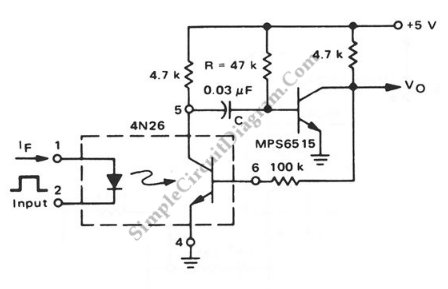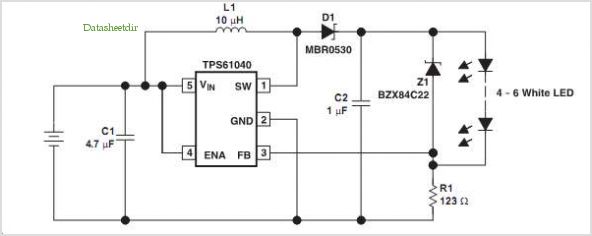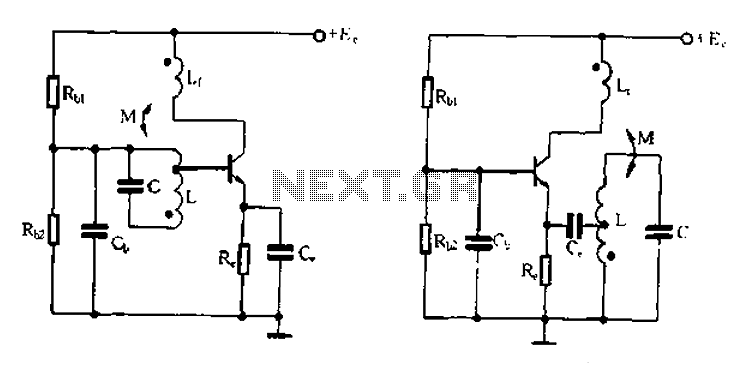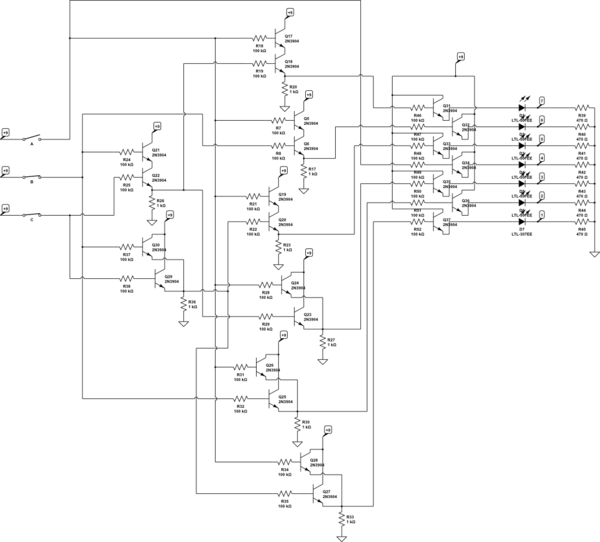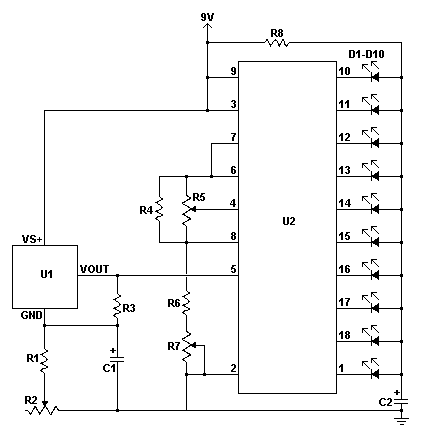
LED Phototherapy Unit
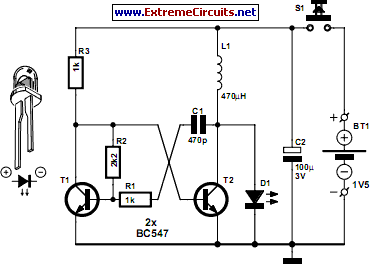
All devices emit intense red light with a wavelength of 660 nm. Some biophysicists suggest that light at this wavelength can positively affect the human body and initiate healing processes. This form of treatment, known as phototherapy, is claimed to alleviate allergic reactions in the body by combating free oxygen radicals and enhancing the immune system, thereby reducing mucous membrane inflammation. As this treatment involves visible light rather than medication, there is no associated risk of side effects. Scientific studies indicate that while this therapy may not be effective in every case, success rates of up to 72% have been reported. Due to the potential unavailability of these devices through the NHS or private medical insurance, a do-it-yourself approach is considered. An old nasal hair trimmer is proposed as the enclosure, which can be purchased cheaply or repurposed. The choice of enclosure influences the battery selection, as it accommodates an AA-size cell. Consequently, the circuit must be compact, capable of driving a high-brightness red LED with a voltage range of 1 V to approximately 1.6 V. The circuit design can utilize a previously published Mini Project by Burkhard Kainka in Elektor Electronics (June 2002), which was originally intended for a white LED. In this design, the inductive voltage pulse is limited by the LED itself, ensuring the output voltage aligns with the LED's forward voltage. This circuit is appropriate for operating a high-brightness 660 nm red LED for the DIY phototherapy unit. Due to the minimal number of components, assembly can be accomplished by soldering directly or using a small piece of stripboard. The circuit is compatible with a wide voltage range, allowing for the use of either an alkaline AA cell or a 1.2 V AA-size NiMH rechargeable cell. The current consumption is approximately 20 mA. If assembled correctly, the red LED should illuminate brightly upon power application. A usage duration of five to ten minutes in each nostril daily is recommended to achieve noticeable benefits after two weeks of treatment.
The proposed DIY phototherapy device utilizes a high-brightness red LED operating at a wavelength of 660 nm, which is believed to facilitate various healing processes in the human body. The circuit design is based on a compact configuration to fit within the confines of an old nasal hair trimmer, which serves as the enclosure. The LED is powered by an AA battery, either alkaline or rechargeable NiMH, allowing for flexibility in power source selection.
The circuit operates by generating an inductive voltage pulse, which is inherently limited by the LED. This characteristic ensures that the output voltage matches the forward voltage required by the LED, preventing potential damage from excess voltage. The assembly process is straightforward, requiring minimal components that can be soldered directly or mounted on stripboard for ease of construction.
The device's current consumption of approximately 20 mA is efficient for its intended use, and the design allows for quick assembly and deployment. Users are advised to apply the light in each nostril for five to ten minutes daily, with the expectation of observing benefits within two weeks. This approach provides an accessible alternative for individuals seeking phototherapy without the need for medical prescriptions or insurance coverage, leveraging existing materials and simple electronic components.Common to all the devices is that they emit intense red light with a wavelength of 660 nm. Some biophysicists claim that light of this wavelength can have a positive effect on the human body and can initiate healing processes. This so-called phototherapy` is a treatment which is claimed to have an effect against allergic reactions in the body, since it acts against free oxygen radicals and strengthens the
immune system, reducing inflammation of the mucous membrane. Since this treatment does not take the form of a medicine, but rather the form of visible light, there is no risk of side-effects. There has been scientific research showing that this therapy does not work in every case, but success rates as high as 72 % have been reported.
Since it may not be possible to obtain these devices under the NHS or under private medical insurance, our thoughts naturally turn to do-it-yourself. For the enclosure we decided to use an old nasal hair trimmer. These can be obtained new for a few pounds, or you may have an old one that can be recycled. The choice of enclosure also dictates the choice of battery: the unit contains a holder for an AA-size cell.
The circuit must therefore not only be very compact (there is little spare room in the enclosure), it must also be able to drive a high-brightness red LED from a voltage between 1 V and around 1. 6 V. Here again we can indulge in a little recycling: we can re-use the circuit from a Mini Project by Burkhard Kainka for driving a white LED, published in Elektor Electronics in June 2002.
In this circuit the inductive voltage pulse is limited by the LED itself, ensuring that the output voltage will automatically match the forward voltage of the LED. The circuit is suitable as it stands for driving a high-brightness 660 nm red LED to make a do-it-yourself phototherapy unit.
In view of the small number of components, the circuit can be assembled by soldering them together directly or by using a small piece of stripboard. The circuit can operate from a wide range of voltages, and so we can use either an alkaline AA cell or an AA-size NiMH rechargeable cell with a voltage of 1.
2 V. The current consumption of the circuit is about 20 mA. Assuming the circuit has been built correctly, the red LED should light brightly as soon as power is applied. Five to ten minutes` use in each nostril every day should be sufficient to obtain noticeable benefit after two weeks of treatment.
🔗 External reference
The proposed DIY phototherapy device utilizes a high-brightness red LED operating at a wavelength of 660 nm, which is believed to facilitate various healing processes in the human body. The circuit design is based on a compact configuration to fit within the confines of an old nasal hair trimmer, which serves as the enclosure. The LED is powered by an AA battery, either alkaline or rechargeable NiMH, allowing for flexibility in power source selection.
The circuit operates by generating an inductive voltage pulse, which is inherently limited by the LED. This characteristic ensures that the output voltage matches the forward voltage required by the LED, preventing potential damage from excess voltage. The assembly process is straightforward, requiring minimal components that can be soldered directly or mounted on stripboard for ease of construction.
The device's current consumption of approximately 20 mA is efficient for its intended use, and the design allows for quick assembly and deployment. Users are advised to apply the light in each nostril for five to ten minutes daily, with the expectation of observing benefits within two weeks. This approach provides an accessible alternative for individuals seeking phototherapy without the need for medical prescriptions or insurance coverage, leveraging existing materials and simple electronic components.Common to all the devices is that they emit intense red light with a wavelength of 660 nm. Some biophysicists claim that light of this wavelength can have a positive effect on the human body and can initiate healing processes. This so-called phototherapy` is a treatment which is claimed to have an effect against allergic reactions in the body, since it acts against free oxygen radicals and strengthens the
immune system, reducing inflammation of the mucous membrane. Since this treatment does not take the form of a medicine, but rather the form of visible light, there is no risk of side-effects. There has been scientific research showing that this therapy does not work in every case, but success rates as high as 72 % have been reported.
Since it may not be possible to obtain these devices under the NHS or under private medical insurance, our thoughts naturally turn to do-it-yourself. For the enclosure we decided to use an old nasal hair trimmer. These can be obtained new for a few pounds, or you may have an old one that can be recycled. The choice of enclosure also dictates the choice of battery: the unit contains a holder for an AA-size cell.
The circuit must therefore not only be very compact (there is little spare room in the enclosure), it must also be able to drive a high-brightness red LED from a voltage between 1 V and around 1. 6 V. Here again we can indulge in a little recycling: we can re-use the circuit from a Mini Project by Burkhard Kainka for driving a white LED, published in Elektor Electronics in June 2002.
In this circuit the inductive voltage pulse is limited by the LED itself, ensuring that the output voltage will automatically match the forward voltage of the LED. The circuit is suitable as it stands for driving a high-brightness 660 nm red LED to make a do-it-yourself phototherapy unit.
In view of the small number of components, the circuit can be assembled by soldering them together directly or by using a small piece of stripboard. The circuit can operate from a wide range of voltages, and so we can use either an alkaline AA cell or an AA-size NiMH rechargeable cell with a voltage of 1.
2 V. The current consumption of the circuit is about 20 mA. Assuming the circuit has been built correctly, the red LED should light brightly as soon as power is applied. Five to ten minutes` use in each nostril every day should be sufficient to obtain noticeable benefit after two weeks of treatment.
🔗 External reference
